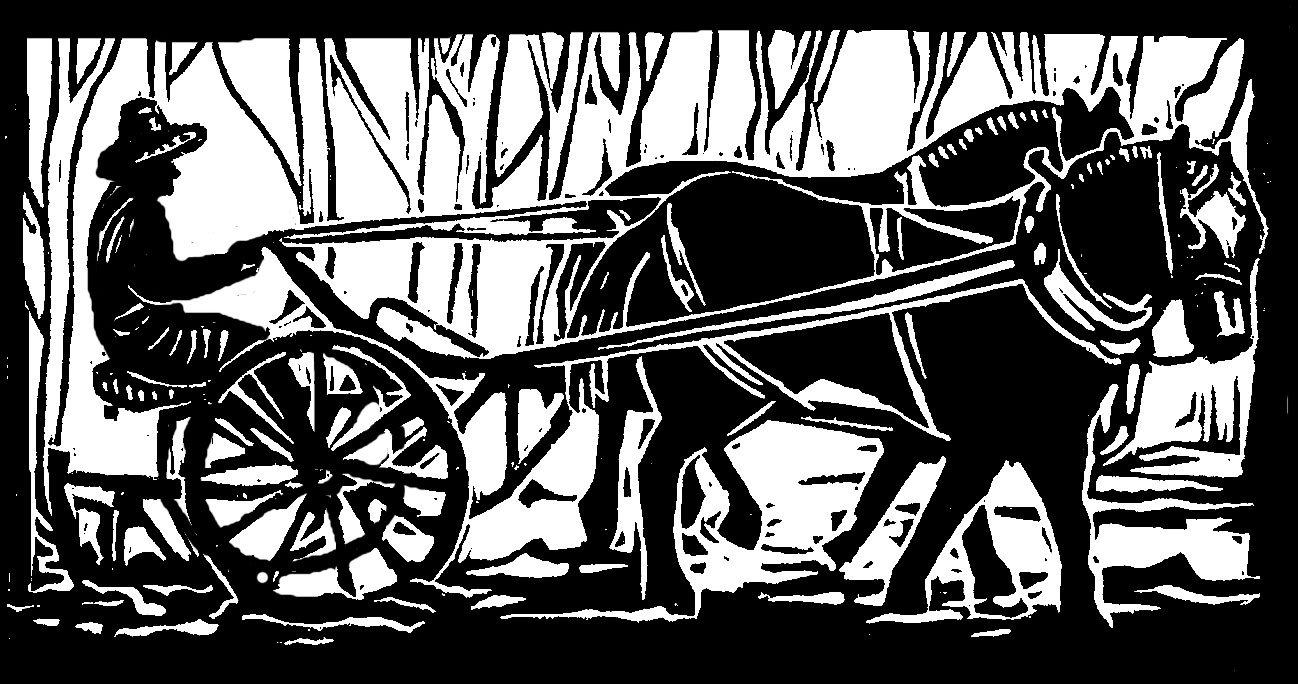Recently I was standing at the garden gate with one of our CSA members. Mostly we saw large, lush weeds.
“How do you even decide what to do next?” the person asked.
I laughed. “This is the time of year when I have to block out 98% of the farm in order to get anything done.” This is especially true on harvest day, and especially true in a year that has been so soggy that sowing, transplanting, and weeding are sketchy at best.
Earlier that very harvest day, I picked the salad turnips out of our little greenhouse, trying not to worry about the lettuce in the next beds. Given that we just lost two plantings of outside lettuce to the rain, we thought we’d better put this lettuce under cover. That meant the lettuce lingered in the flats far too long, as we gradually harvested the previous greenhouse crop.
The lettuce has taken pretty well, and it needs weeding already. But I can’t think about that right now. I hurry back to the shed with my turnips, to hear the Swiss chard harvest report from my sighing fellow: “I had to toss half the leaves. They were all shot from the rain.”
For his part, my fellow had to block out the leeks, right next to the chard. It was probably pretty easy to block them out, as they are so weedy you might not even know they were there. My fellow went on to pick the broccoli, ignoring the nearly invisible-for-the-weeds carrots in the next bed.
Meanwhile, I had the happy task of harvesting the scallions, which were undaunted by all the rain. The cabbage seemed to be all right too. If only we had planted nothing but cabbage and scallions this year! Wouldn’t our CSA members have been surprised - there must be lots of interesting ways to fix cabbage and scallions for supper.
My fellow farmer and I had to gird our loins to pick the next crop – yellow squash, zucchini, and cucumbers, if you could call them a crop. Normally this time of year we are harvesting six five-gallon buckets of cucurbits. But with the unhappy circumstance of squash bugs overwintering in the greenhouse, carrying the virus that kills the plants, followed by an aphid infestation the likes of which we’ve never seen, and hardly any sunshine, we came away with a half-bucket total of cukes, 4 yellow squash, and zero zucchini.
But we had to keep going. It was harvest day, after all. The shiitake mushrooms have done pretty well, though the rain-loving slugs are enjoying more mushrooms than we’d like. The tomatoes taste particularly good this year, perhaps because vegetables grown under tougher circumstances tend to taste sweeter, but there aren’t nearly as many as usual. Same with the eggplant and sweet peppers and basil, all greenhouse crops: they’ve been getting less rain directly on their heads, but the lack of sunshine hasn’t helped them at all.
But hey, the kale looks great, inside and outside the greenhouse! Our CSA members could add kale to their lovely cabbage and scallion salads. The cutting flowers look good too: maybe next year we should grow all edible flowers, instead of decorative ones. (Of course, next year there could be drought instead of flood.)
Back in the shed, harvest done for one more day: 98% of the garden sort of successfully blocked out, so we can get out our 2% accomplished.
“Look at this abundance!” says our nice CSA member, gesturing to all the freshly harvested and washed vegetables.
We do look, and are pleasantly surprised. We’ve got some veggies for the people. Maybe not as much as usual, but still there is quite a lot, despite the rain and the weeds and the worry. We may be sodden here, but we haven’t lost everything to floods, as some farmers have. Plus the large lush weeds sure help keep the soil in place.
Originally published in the Monadnock Shopper News, Aug 23 - Aug 29, 2023
